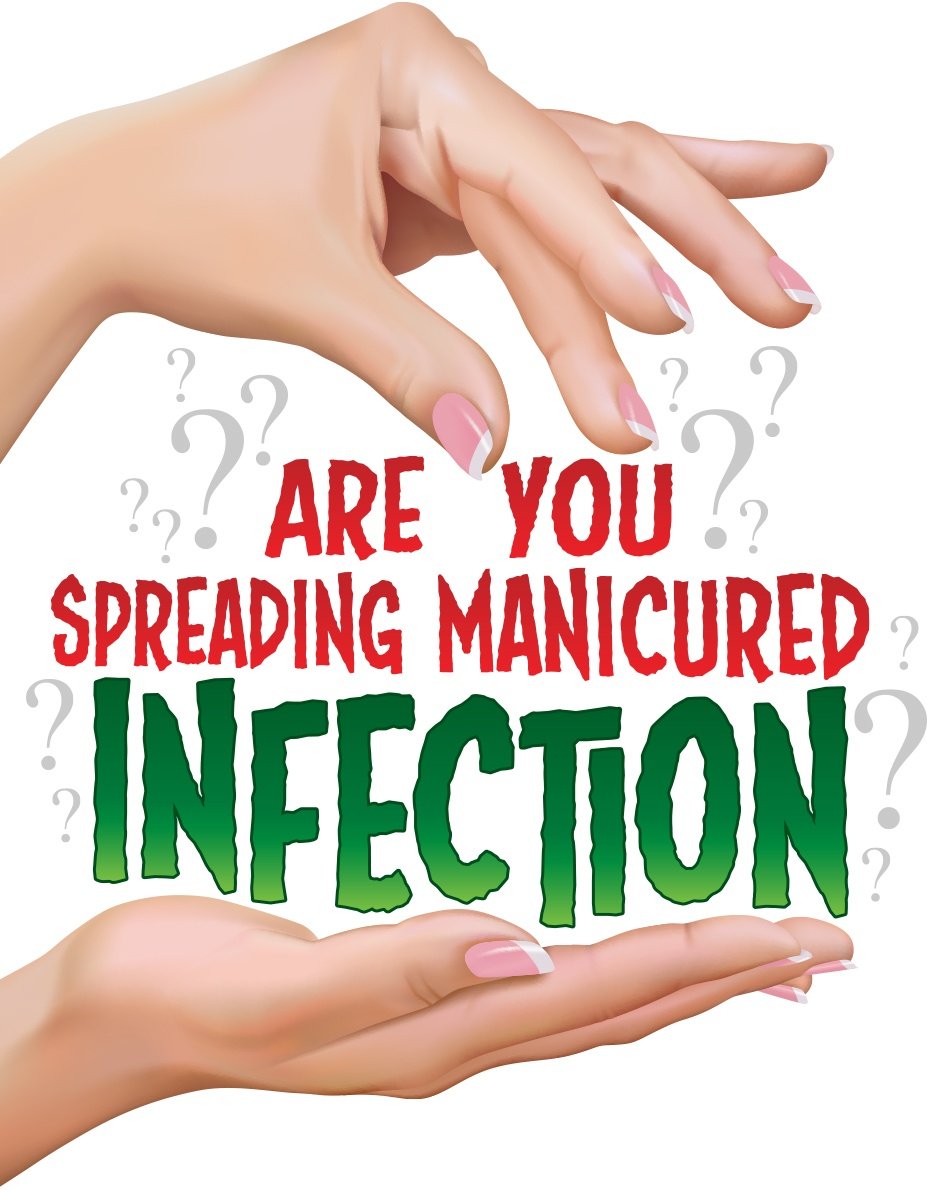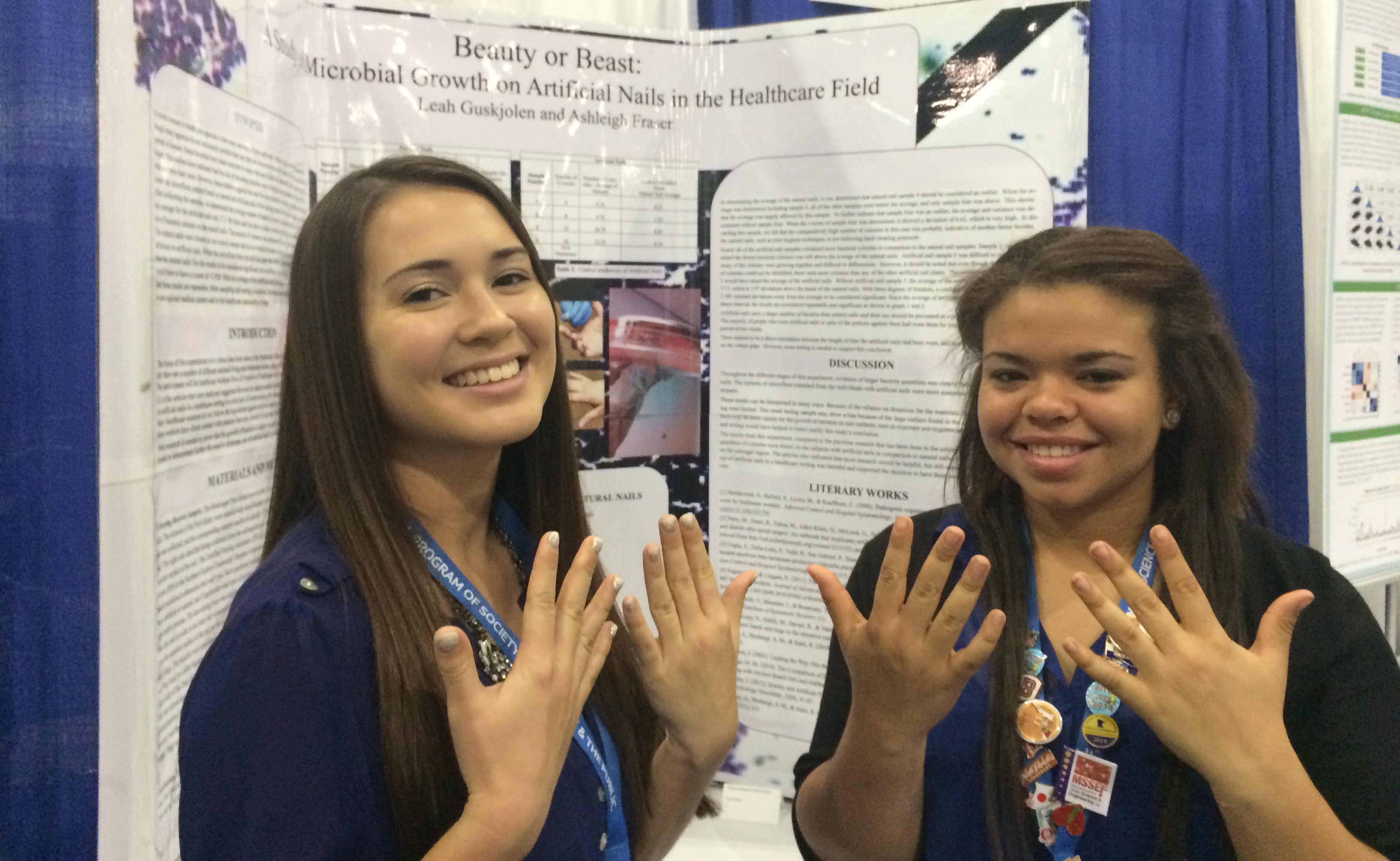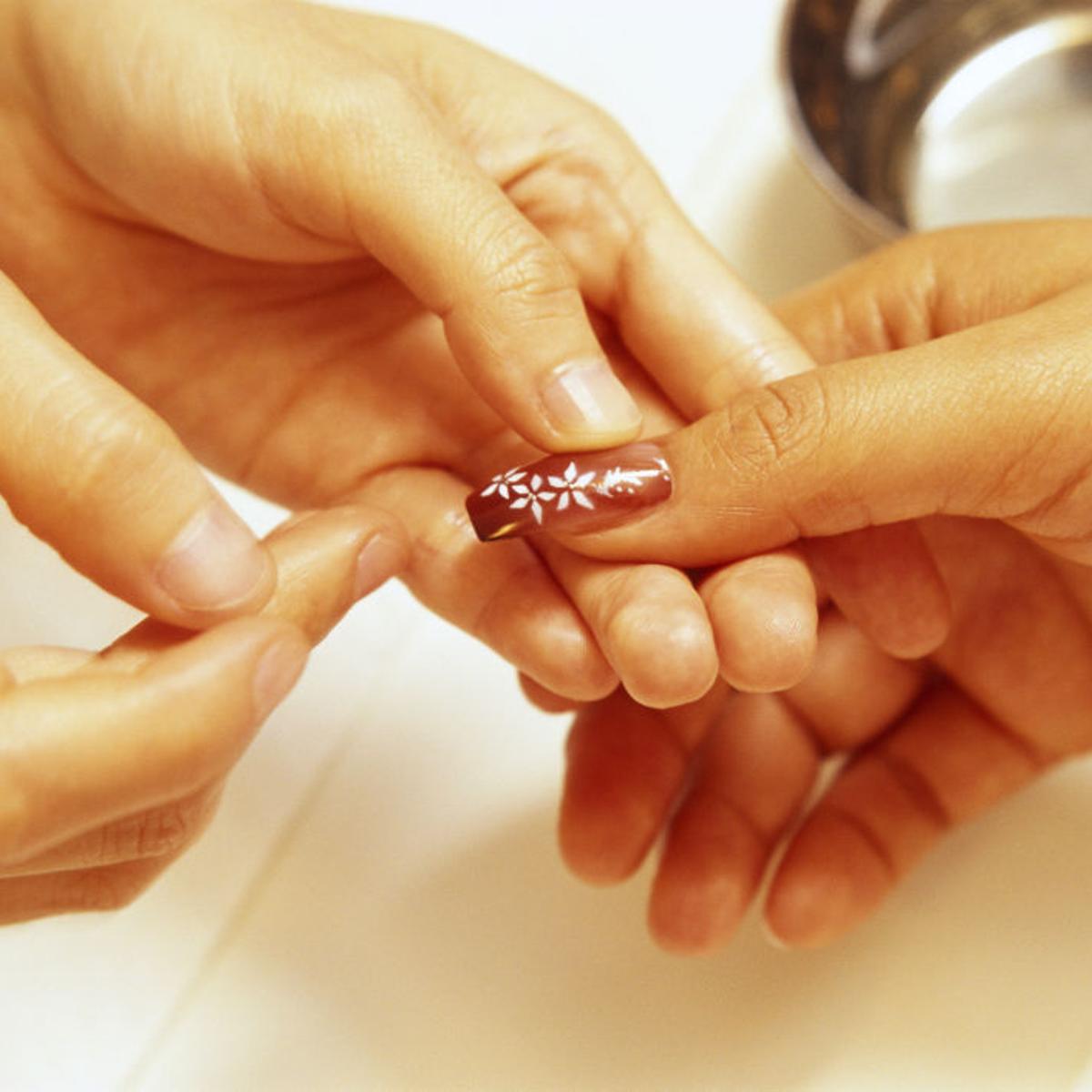Acrylic Nails Infection Control
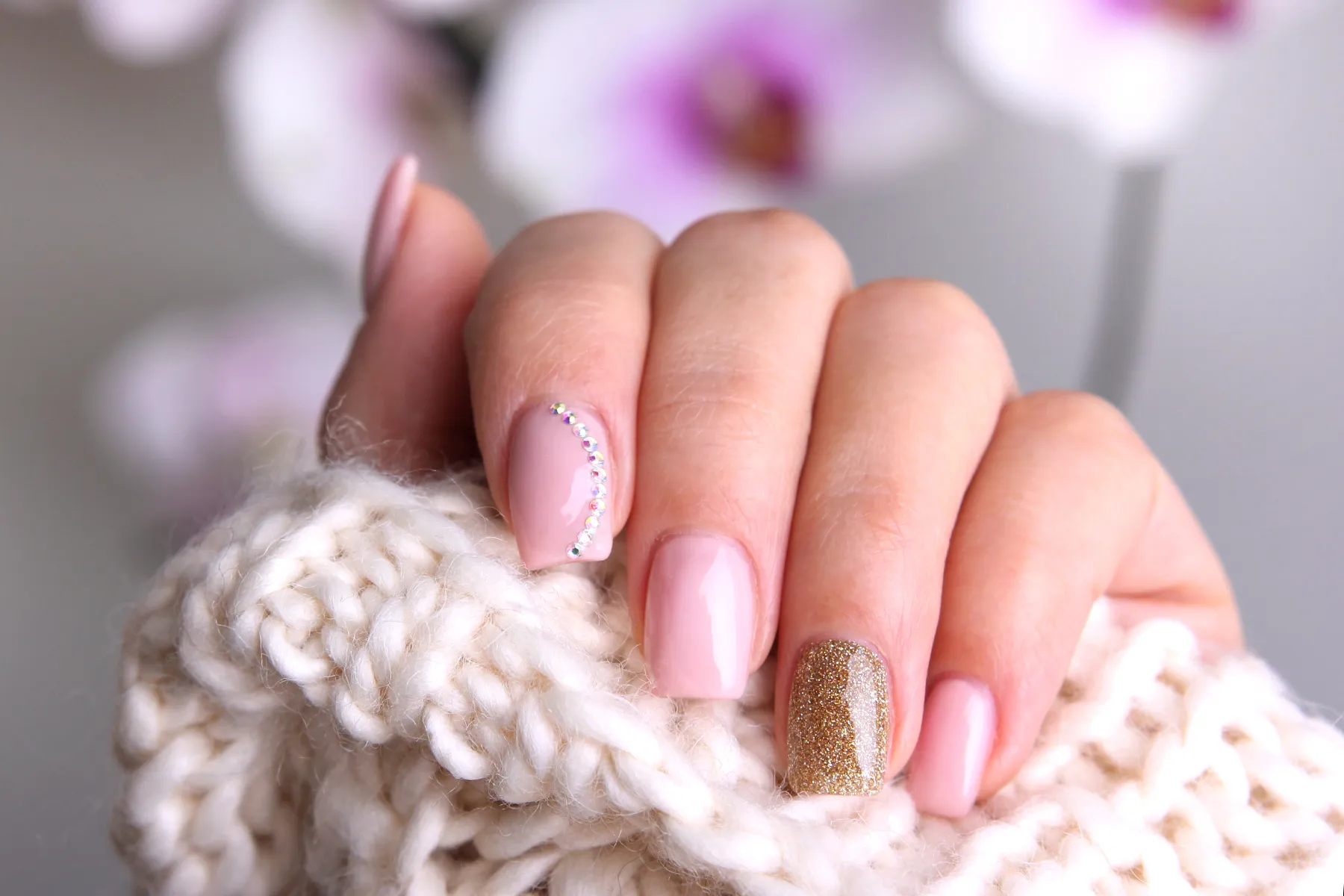
To remove acrylic or gel nails you soak your fingers in acetone for 10 minutes or longer.
Acrylic nails infection control. In both studies nail surfaces were swabbed and subungual debris was collected to obtain material for culture. The study concluded Artificial acrylic fingernails could contribute to the transmission of pathogens and their use by. Goal 7 Reduce the risk of health care-associated infection.
One important piece of advice. We Have Fast Effective Treatment For Fungal Toenails. Staph and yeast both cause infections ranging from inflammation to blood poisoning.
The US research published in the American Journal of Infection Control involved painting the nails of healthcare workers with standard polish and gel polish with left some unpainted. See your doctor if you suspect any infections. The hard gel and the soft gel.
Author links open overlay panel Angela L. The Joint Commission has also added these recommendations from CDC to their Infection Control standards and included the issue of artificial nails in Patient Safety Goal 7. Hand hygiene is effective in removing potentially harmful microorganisms from your hands.
Wear protective gloves and change these after each client preferably. Nonetheless most hospital policy operates similarly. Researchers have shown that the colony counts on artificial nails are greater than the colony counts on native nails.
After cleaning their hands with soap or gel 68 of HCWs with artificial nails still carried pathogens compared to 28 of control HCWs. Bacterial growth after hand hygiene. Barbicide wipes liquid jar and aerosol.
